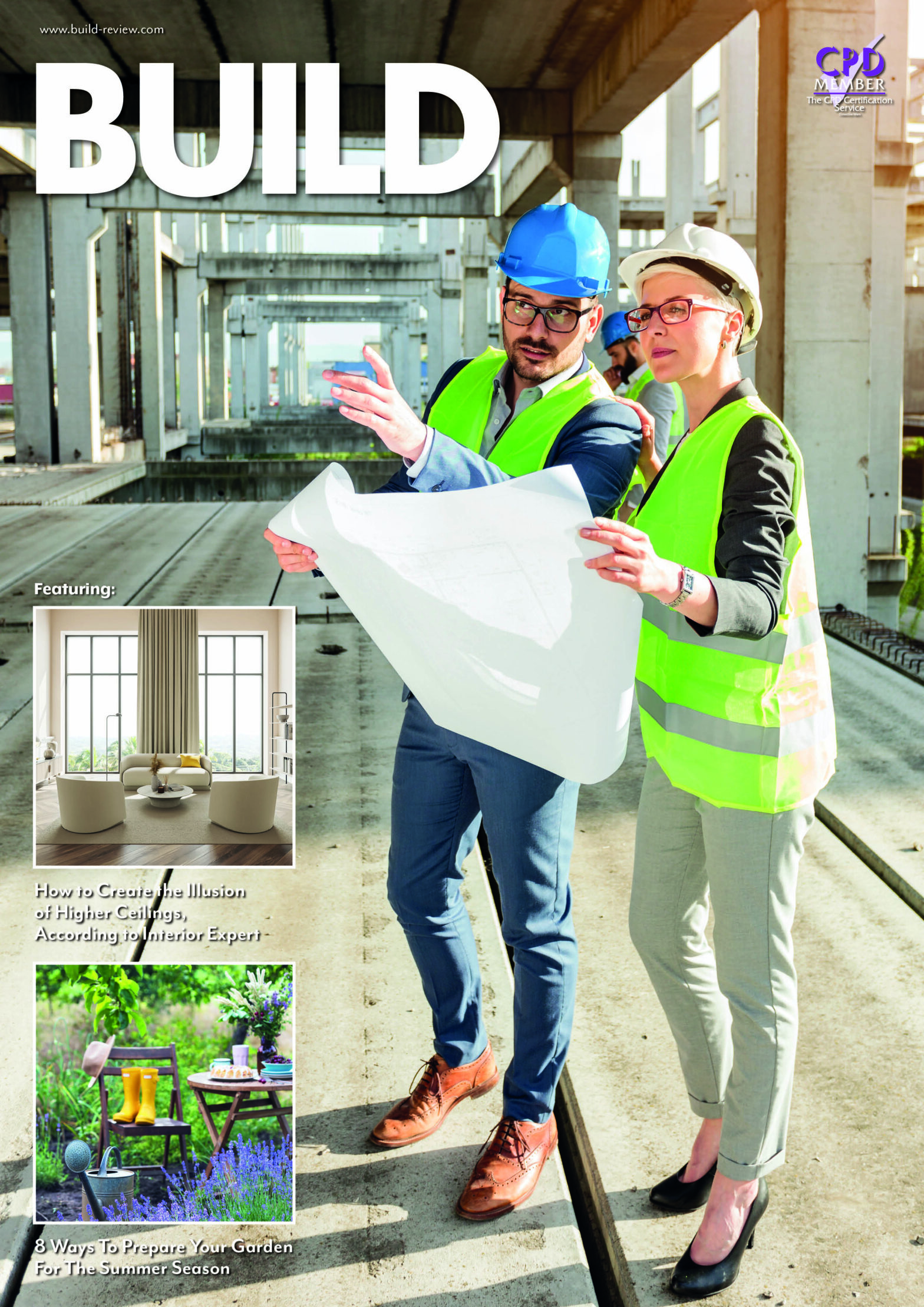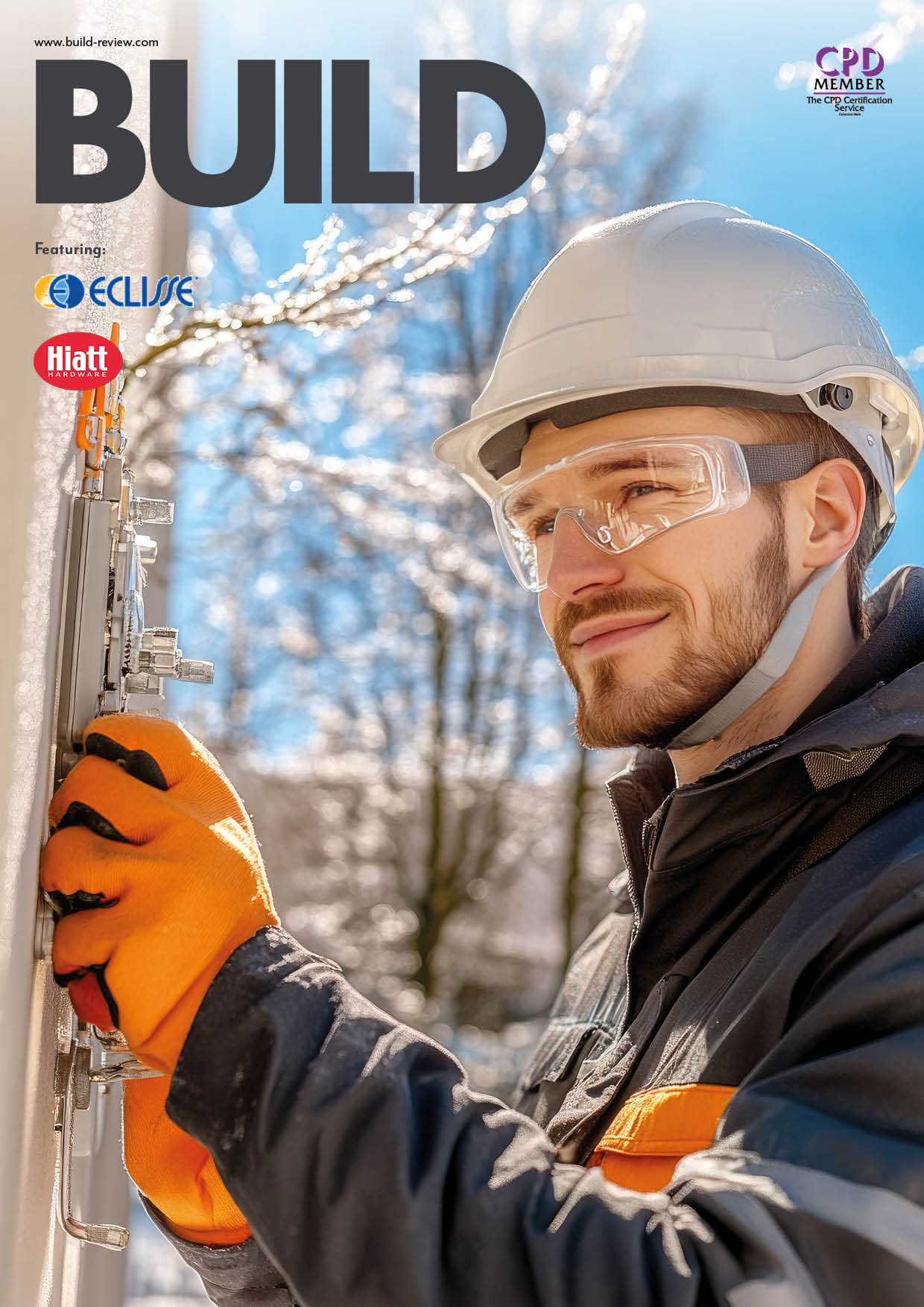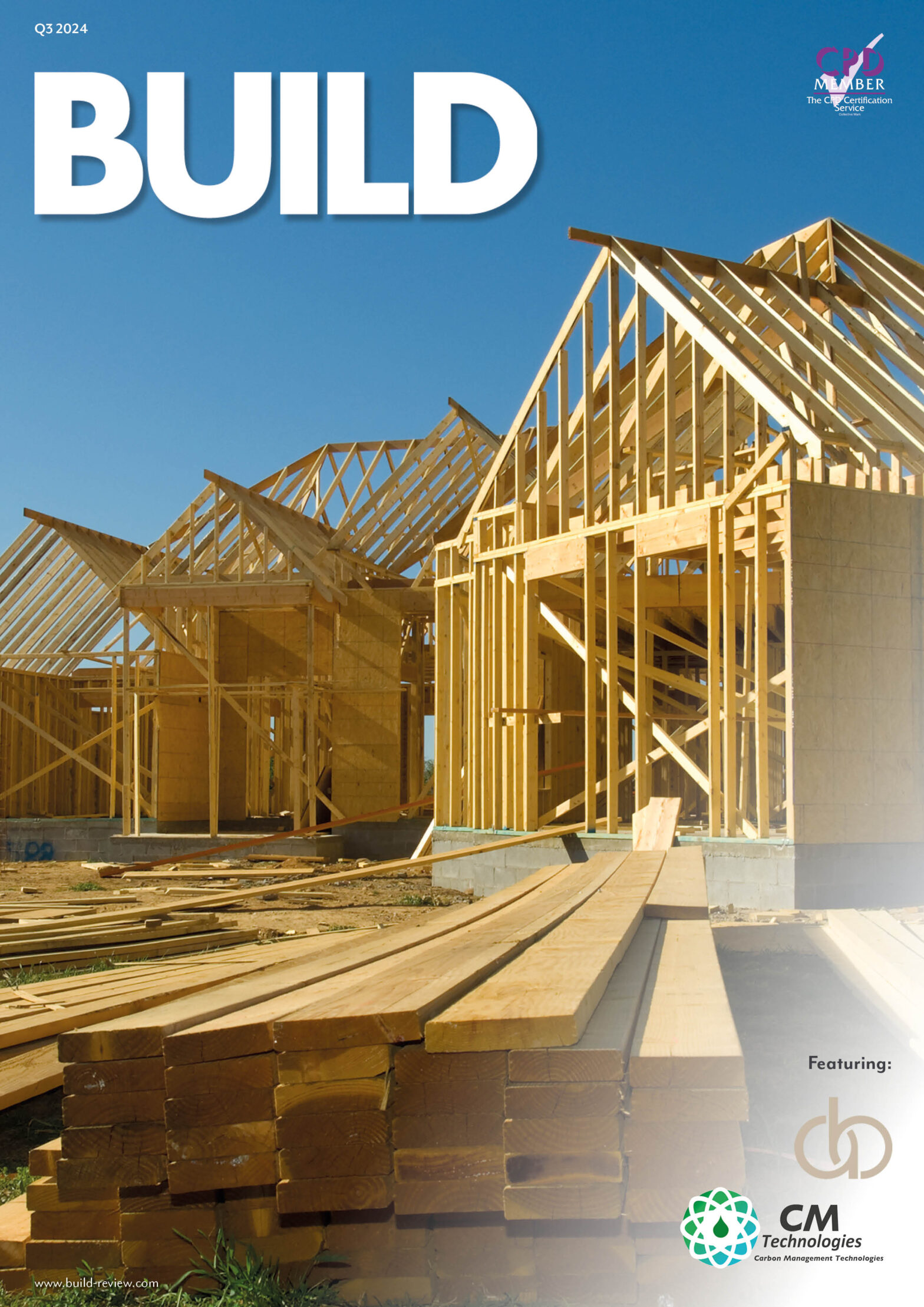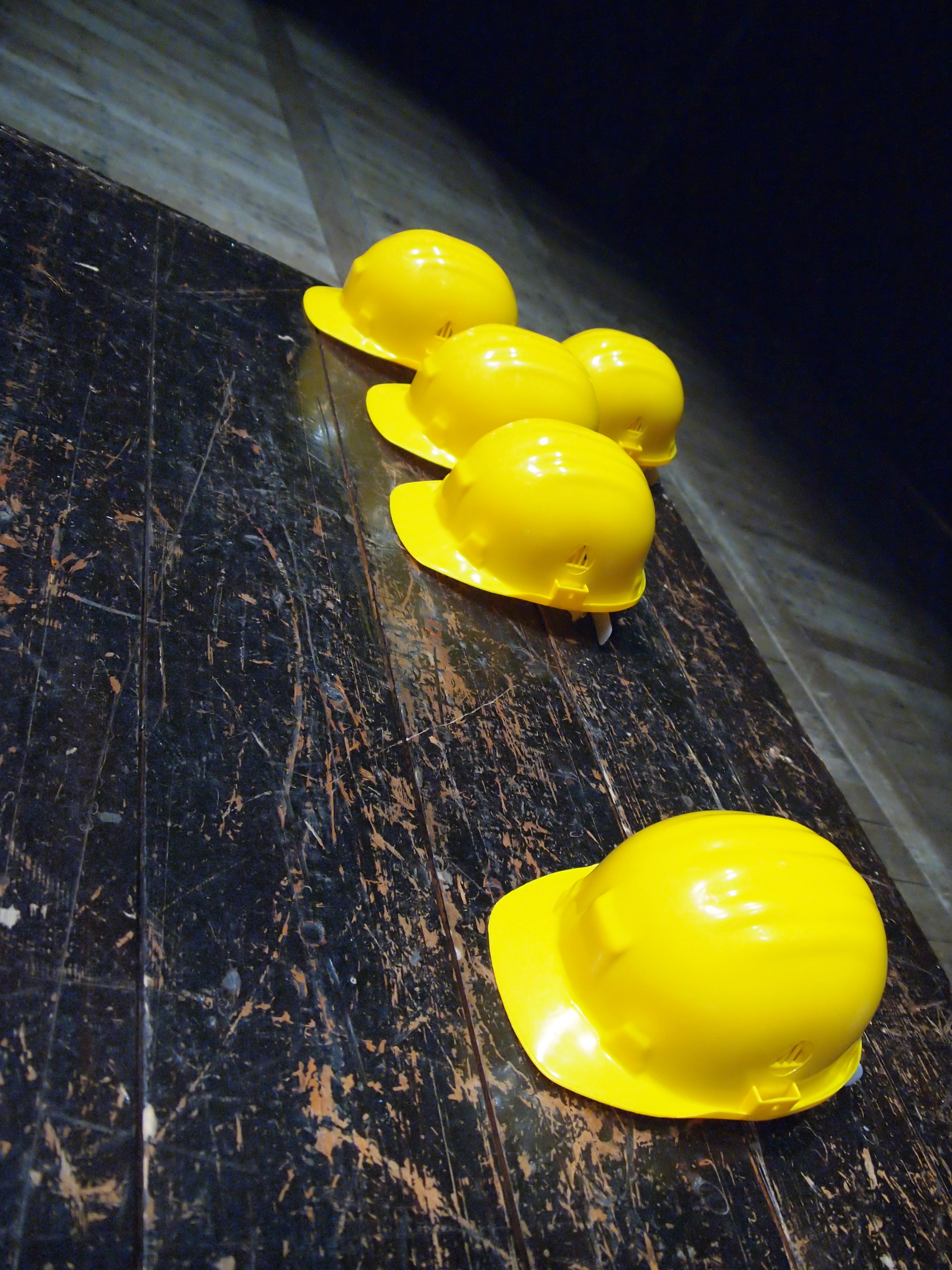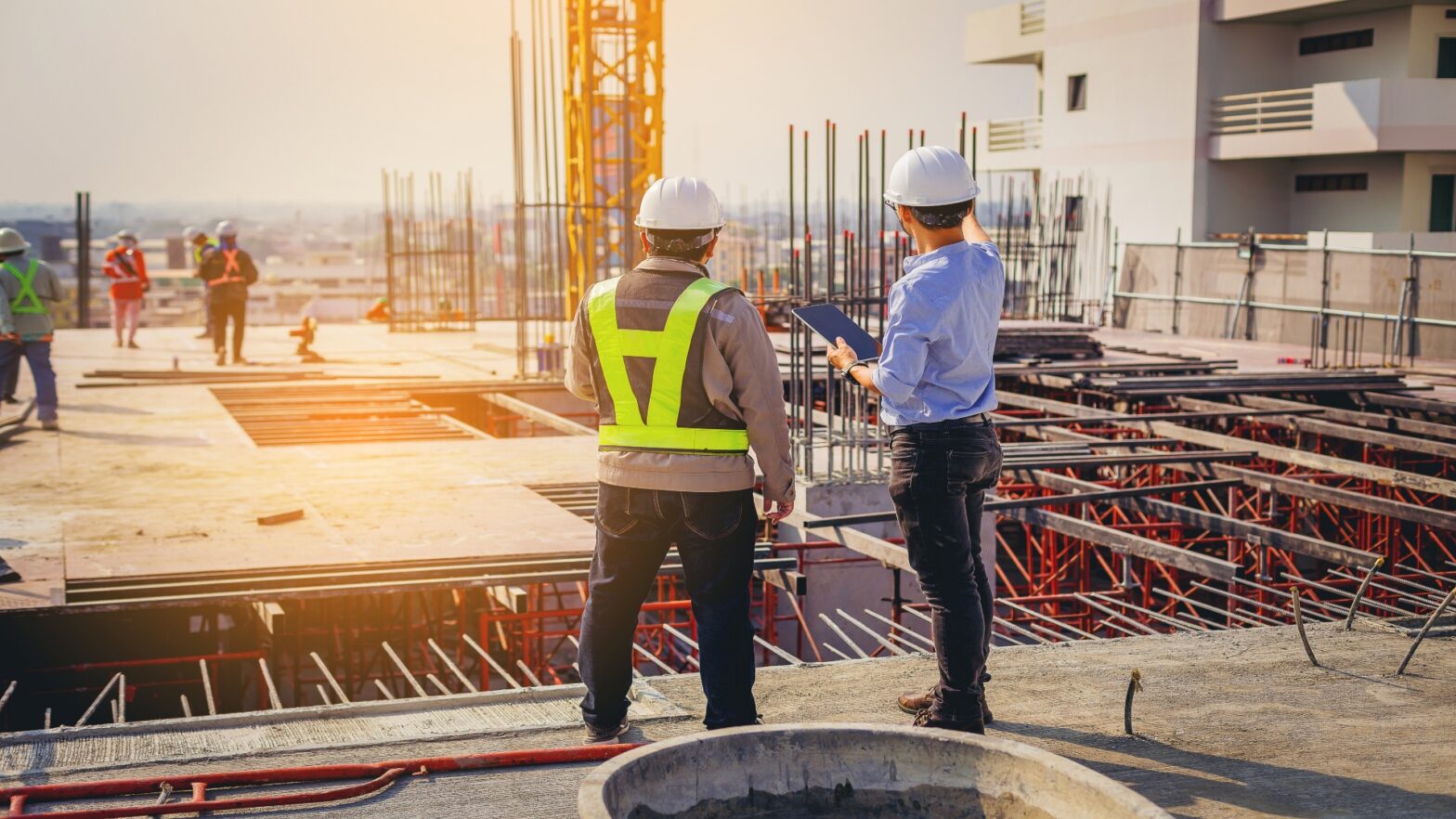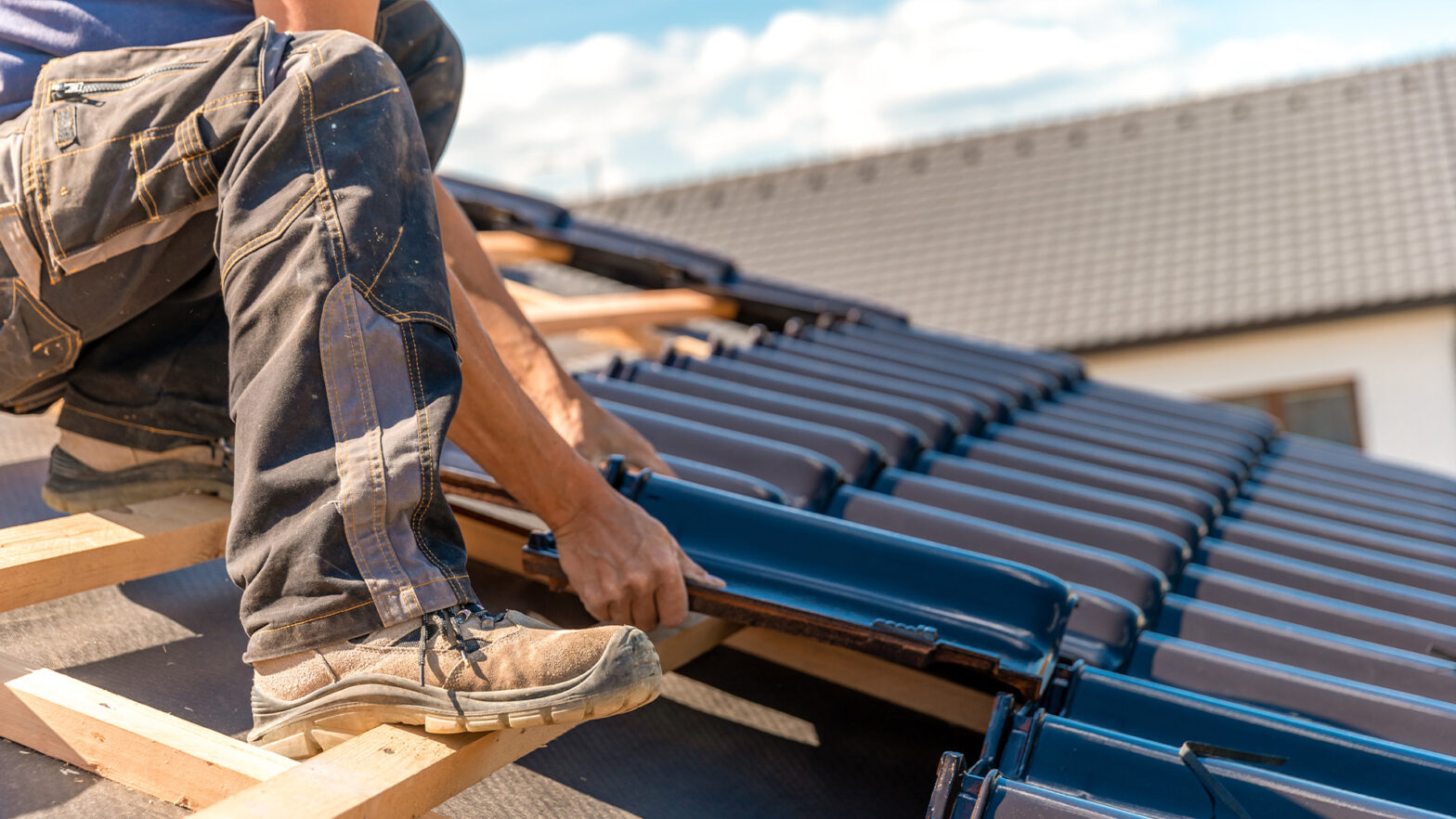The Hidden Strength Behind Concrete Slabs
When we envision a concrete structure, we tend to think in terms of its colossal compressive strength: a strong, monolithic substance constructed to endure. Yet the actual long-term durability of a concrete slab, whether it’s in a warehouse, a highway, or a commercial facility, depends on an army of usually invisible heroes: its accessories. These pieces are not accessories; they are part of controlling the natural forces that have effects on concrete. Disregarding their significance is a path to early failure, and choosing the proper accessories is a straight investment in structural durability, safety, and functionality. This article discusses how these key pieces, particularly those utilised in jointing systems, protect a concrete slab’s integrity.
The Unavoidable Reality of Concrete Movement
Concrete, though it is strong, is not an immutable material. As soon as it is poured, it starts a process of shrinking as it cures and hardens. In addition, it expands and contracts over the course of its service life as it reacts to temperature changes, for example, heating in the sun during the summer and cooling in the cold during the winter. Unless this movement is controlled, the huge internal stresses will find their own way of release, and this will cause uncontrolled, irregular cracking. To avoid this, engineers intentionally construct contraction joints (or control joints), which are basically designed lines of weakness that lead the slab to crack in a straight, controllable manner, maintaining its aesthetic and structural integrity.
The Important Role of Load Transfer at the Joint
The creation of a joint reduces one issue but creates another: a possible point of vertical failure. Without support, the two adjacent slab panel edges can shift independently when loaded. This is where high-strength dowel rods come into play. Smooth, round steel bars are positioned across the joint, with one half being bonded into the first slab and the other half de-bonded in the second. This enables the horizontal expansion and contraction necessary, yet inhibits vertical movement. They successfully transfer storage and traffic loads from slab to slab, halting uneven settlement and the formation of hazardous trip hazards.
A Joint System, Not Just a Dowel
Dowels are an important component, but they work best as part of a complete jointing system. For optimum on-site efficiency and precision, dowels tend to be supplied in prefabricated cages or cradles. These units support each dowel at the right spacing and height so they are precisely parallel to one another and to the surface of the slab. This accuracy is important to their application and hard to accomplish through manual fixing. The rest of the accessories, such as spacers and bar chairs, place steel reinforcement mesh in the right position, and advanced joint sealants shield the joint from water penetration and from collecting debris, which could cause spalling.
Combating Corrosion and Compliance
The life of the accessories themselves matters just as much as the concrete they cover. Plain “black” steel dowels are sufficient in normal interior conditions. But for slabs with exposed moisture, chemicals, or a marine salty atmosphere, corrosion is a serious risk. Rusted accessories can intrude and result in cracking and spalling of the surrounding concrete and thereby weaken the whole structure internally. And that’s the reason why specifying stainless steel or galvanised dowels and reinforcement is important in hostile environments.
The Long-Term Cost Savings of Doing It Right
One of the best methods to minimise the entire lifetime cost of a concrete slab is to invest in a high-quality jointing system and accompanying accessories. A well-supported and doweled joint is much less susceptible to spalling, chipping, or faulting. This significantly reduces future maintenance costs, which can include expensive grinding to achieve even joints, epoxy repair, and even replacement of full slabs. For asset owners and facility managers, the initial investment in higher-quality accessories is repaid multiple times over by reducing operational downtime and averting the necessity for costly and disruptive remedial work in the future.
Increasing On-Site Efficiency and Employee Safety
Benefits of engineered concrete accessories spread to the construction process itself. By utilising prefabricated systems such as dowel cradles, labour time is greatly minimised compared to measuring, cutting, and placing individual units manually. Not only does this accelerate the construction schedule, but it also enhances accuracy and diminishes the potential for human error. A properly constructed slab is also a safer one. Prevention of joint faulting and random cracking: the right accessories form a stable, dependable surface for forklifts, workers, and equipment, reducing the chances of accidents and injuries caused by uneven flooring. This concern with precision and safety is characteristic of professional construction.
Building to Last: The Foundation of Durability
Finally, the longevity of a concrete slab depends directly on the consideration and quality that have been invested in its design and construction. It’s an overall system in which the concrete mixture, the reinforcement, and the jointing accessories need to be integrated in harmony. It is the “small” things, like dowels distributing loads, chairs retaining rebar, and sealant safeguarding the joint, that turn a good slab into a great one. Knowing their function and selecting top-quality, code-compliant products from an expert supplier, engineers and contractors can provide structures that are not only resilient on day one but safe, maintainable, and long-lasting for decades thereafter.


